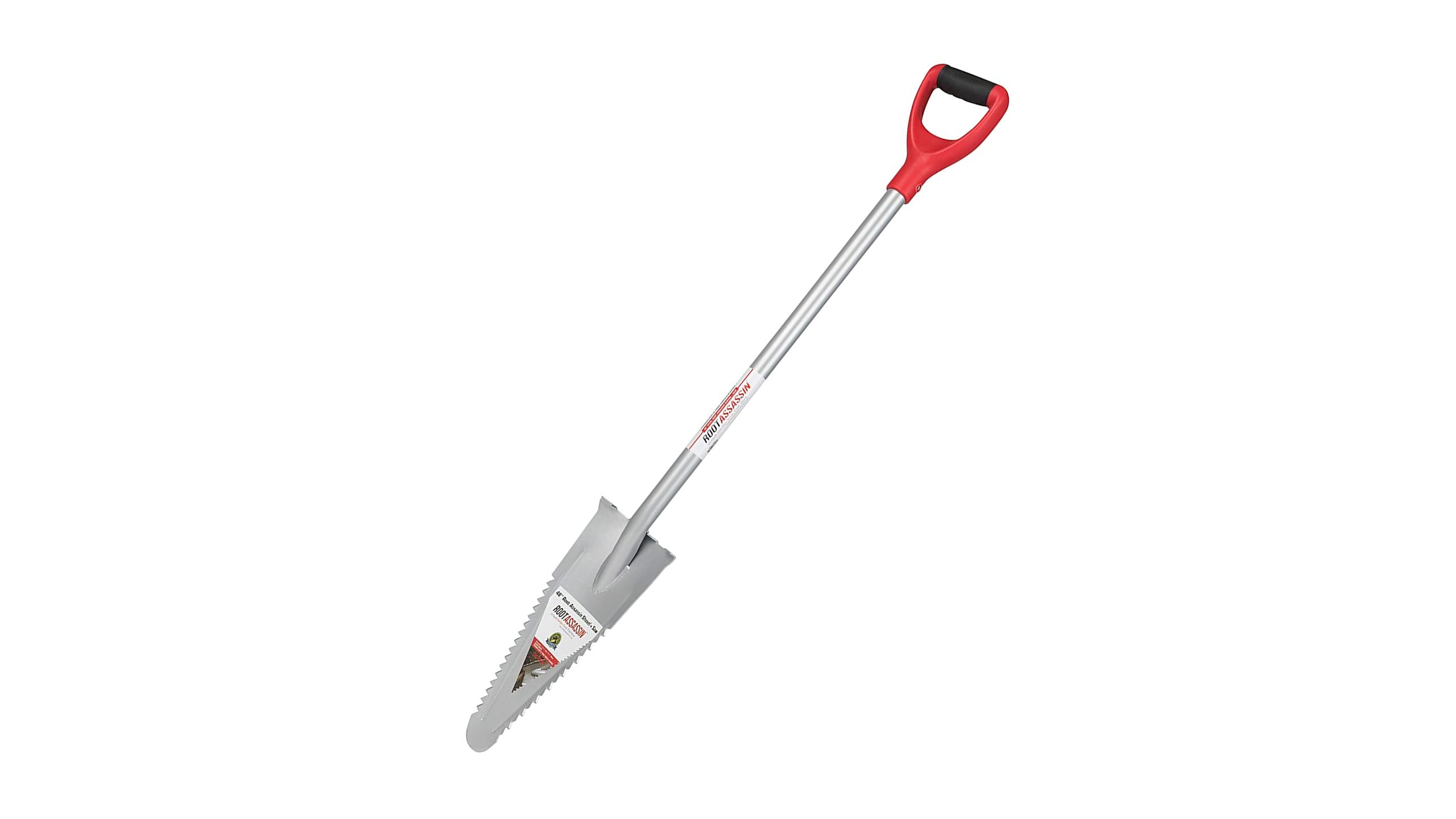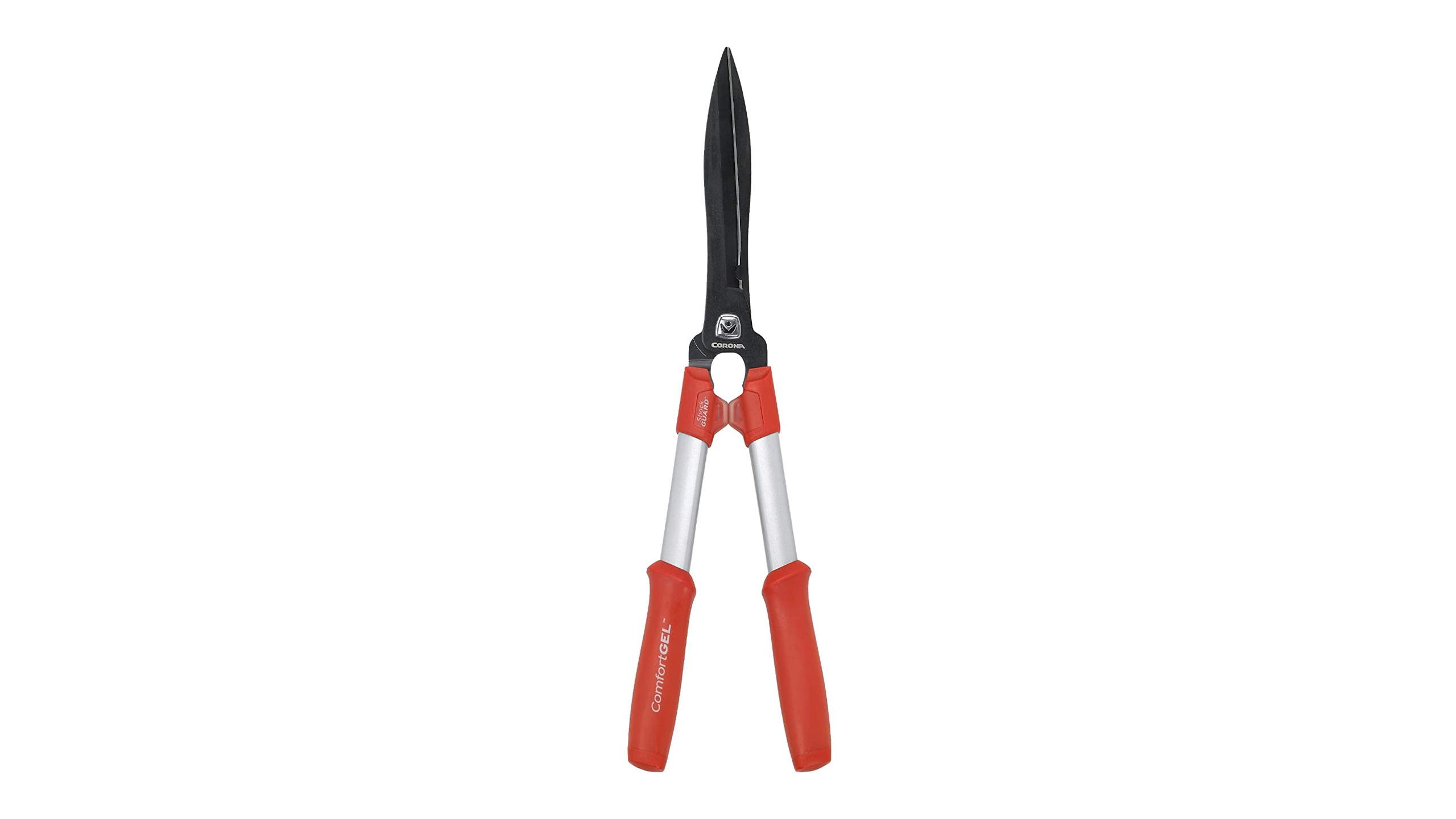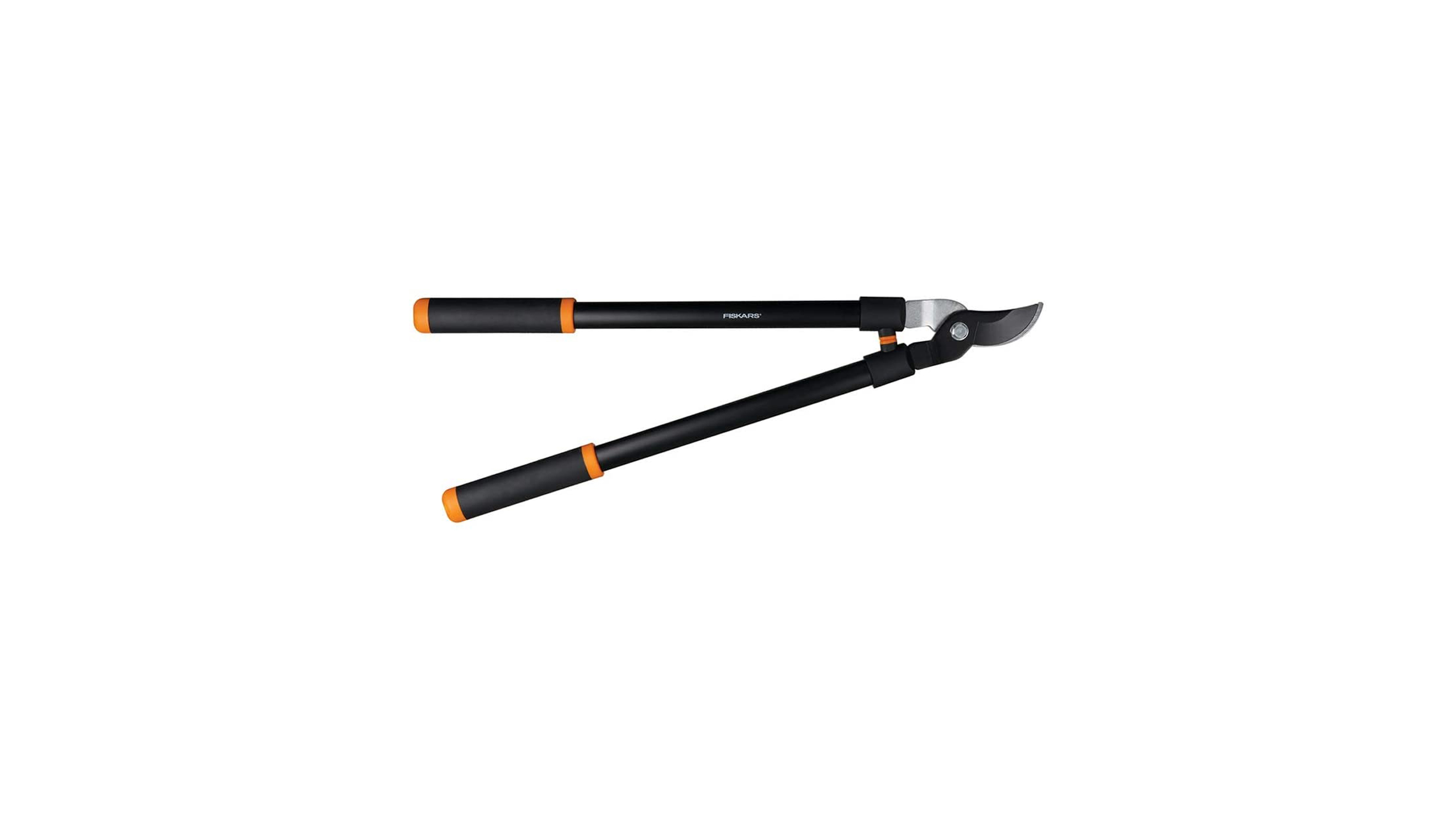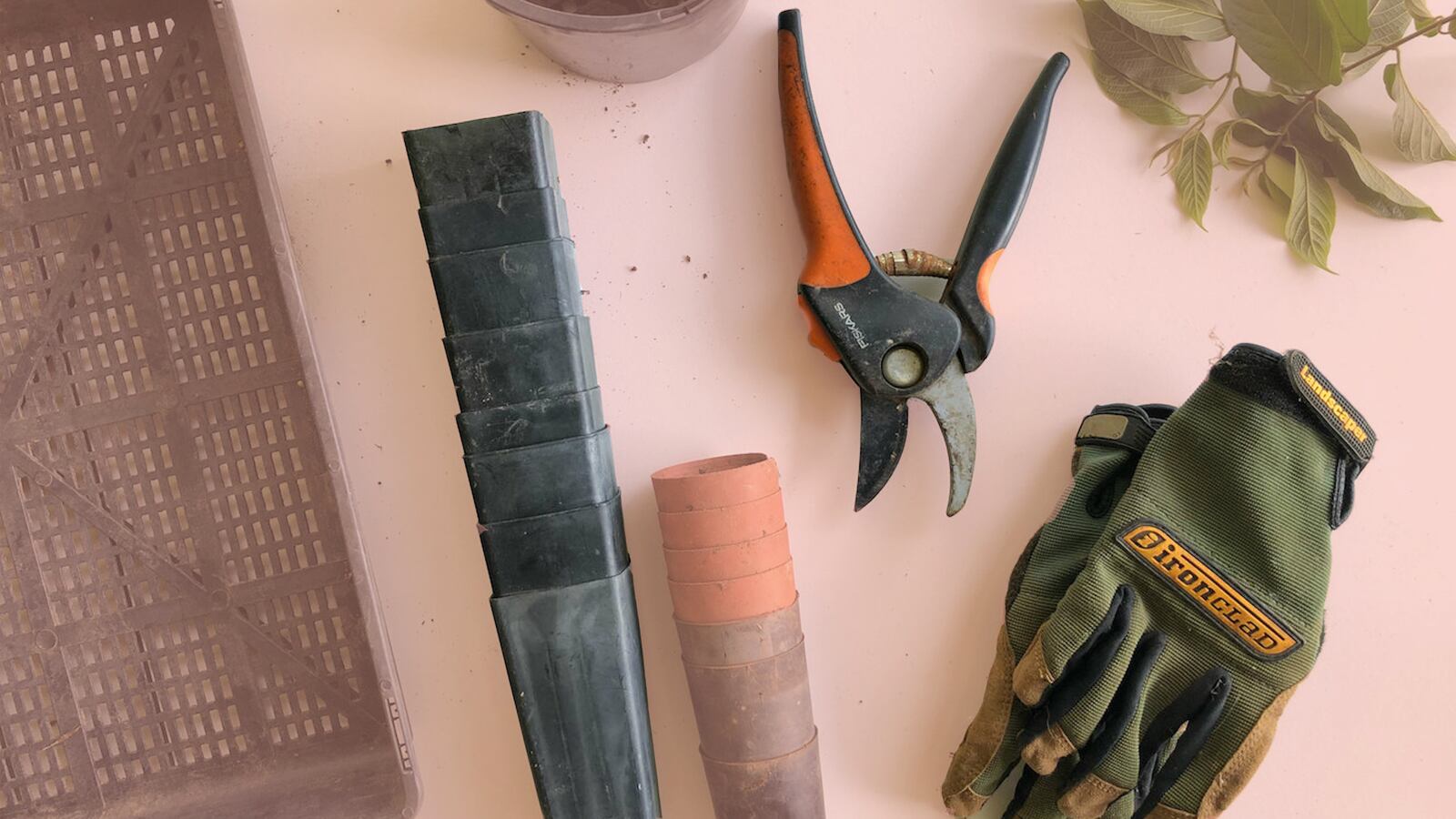One of the biggest challenges of owning a home doesn’t actually have to do with the home itself, but rather the little slice of land that the home sits on.
One of the things I was most ecstatic about when I bought my house was its yard—it’s a tree-filled plot that’s dotted with only small patches of grass to break up the more organic growth like goldenrod and wild flowers that compose the majority of the yard. It was a low-maintenance, single-person-homeowner paradise.
The first time I mowed the grass in my yard, I was giddy with joy after accomplishing the task in just fifteen minutes. I thought I had it made in the shade with a yard that required just fifteen minutes of work every other week or so… until the stinging nettle infestation occurred.
As someone whose childhood yard was composed of grass and some rocks, I had no idea how much attention even a mostly wild yard requires in the form of fighting off unwelcome additions. When the first flourish of stinging nettle—an innocuous-looking leafy green weed that leaves red welts behind when it brushes skin—occurred, I didn’t think much of it. I plucked the weeds and assumed the problem was taken care of until I returned from a trip two weeks later to find my yard nearly taken over by the rapidly expanding plant that spreads through its roots.
My dream of a half hour of yard work each month was shattered and it was time to get down to business. Thanks to the help of some neighbors and a few tools I couldn’t have lived without, I tackled the nettle problem head on and can happily report that I have a nettle-free yard today. Here’s what I used to get there:
Gardening Gloves
Seems like any old pair of gloves will do when it comes to plucking weeds, right? Nope, especially not if you’re trying to rid your yard of a weed that irritates your skin every time you touch it. A good pair of gardening gloves has a thin layer of rubbery plastic on the palms of the gloves, adding extra protection from weeds like stinging nettle that, with enough exposure, can still irritate your skin through gloves if the weave is loose enough.

Gardening Spade
If you’re like me, you thought a shovel was a shovel and that it was sort of a multi-use tool. While they certainly can be, the thing with nettle is that I had to get at the roots to get it out of my yard for good and that meant digging the plants up through sometimes uncooperative (read hard) soil. A gardening spade—a full-on shovel version, not the handheld kind—that allowed me to use the full force of my body weight to dig into the soil and that is designed with a sharp tip to slice through difficult soil made what could have been an arduous task a breeze.

Hedge Shears
Nope, hedge shears aren’t just for trimming hedges in fancy, landscape yards. The nettle had gotten so bad that it was covering about a quarter of my yard. Luckily the younger plants were small enough that I could cut them down en masse with the help of nine-inch hedge shears that could cut through dozens of stems at once.

Pruning Shears
The older nettle plants that had established the whole problem in the first case were a different story. Because nettle has a wood-like stump that thickens as the plant grows taller, some of the more established plants weren’t coming down with just hedge shears. These required the power of a two-handed pruning shears that’s designed to chop through thicker flora than a regular hedge shears can handle.

The one that I have was graciously left behind by the house’s previous owner and, when I first moved in, I thought I’d never use it and was planning on selling it or giving it away. I couldn’t be happier that I never got around to doing that because the nettle infestation proved the pruning shears to be an essential element in my arsenal of tools.
Scouted is internet shopping with a pulse. Follow us on Twitter and sign up for our newsletter for even more recommendations and exclusive content. Please note that if you buy something featured in one of our posts, The Daily Beast may collect a share of sales.






